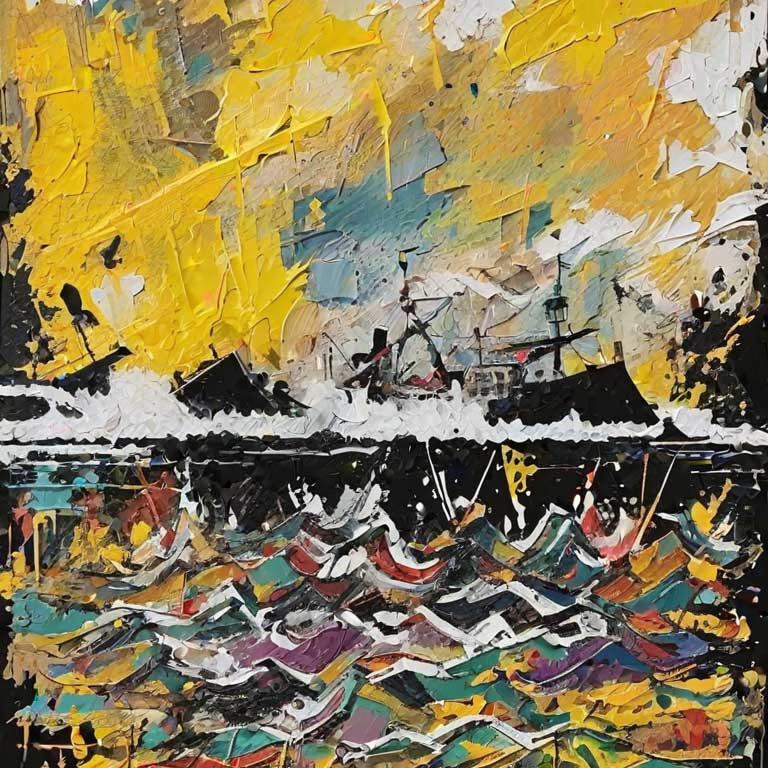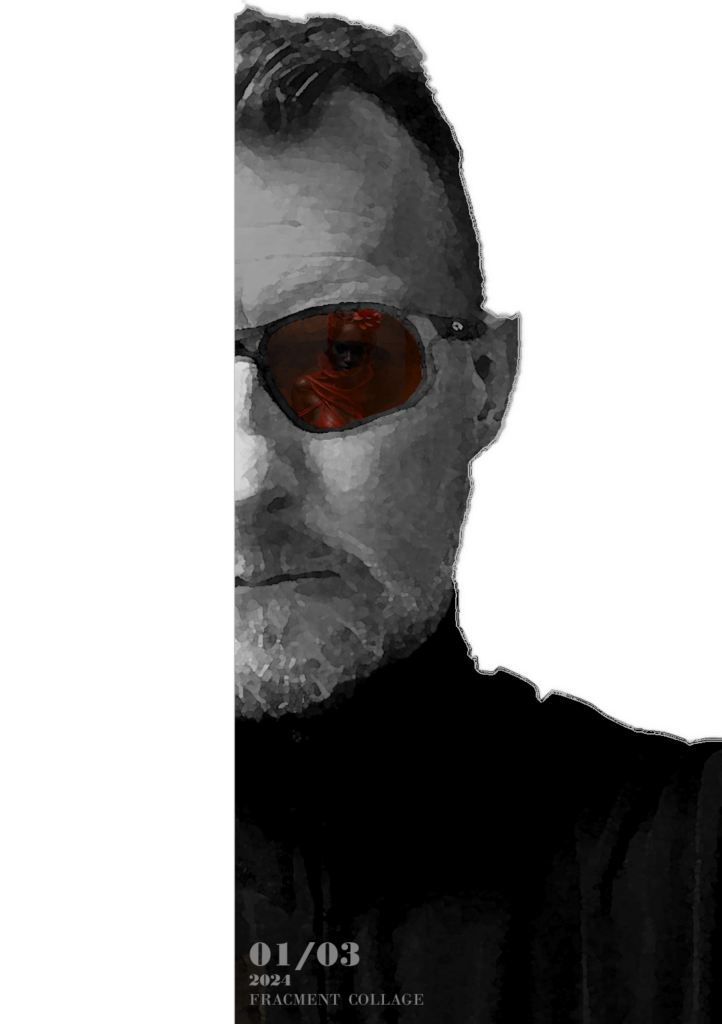admin: 11/08/2025
The New Era of Art – Guided by Spirit, Shaped by Machines
The Magic of 3D Printing in Art: When Technology Gains Texture
In contemporary art, technology and craftsmanship are merging in revolutionary ways. One of the most exciting developments is 3D printing, which today can do far more than just build objects layer by layer. Artists can translate textures, reliefs, and even the finest brushstrokes into tangible forms, while also incorporating color gradients and complex surface effects — redefining how we experience visual art.
From Surface to Substance: How 3D Printing Works in Art
Modern 3D printing in art uses techniques such as multi-material deposition, high-resolution resin printing, and powder-based color printing, enabling precise reproduction of textures, paint layering, and uneven surfaces that give a painting its tactile character. The result is three-dimensional interpretations of paintings: brushstrokes you can feel, reliefs that catch light differently, and color transitions that seem to float above the surface. These are artworks that look like originals — but with depth, dimension, and physical presence impossible on a flat canvas.

Applications and Visual Outcomes
3D printing offers diverse applications:
Reproduction of masterpieces: Museums and collectors can commission high-fidelity 3D printed replicas that preserve original textures and color layers, providing a tactile experience.
Experimental new works: Artists can create pieces that exist only in 3D, combining sculptural forms with painterly surfaces.
Interactive exhibitions: Artworks that invite viewers to touch, tilt, or view from different angles, revealing hidden textures or relief details.
A prominent example is LITO Mastersa and Verus Art (Canada) which uses multidimensional printing techniques to reproduce paintings. Light reflection, surface depth, and color layers merge into a stunningly realistic reimagining of classic works. As John Dodelande, co-founder of LITO, told CNN:
“It’s almost a clone. So you observe the relief, the brushstrokes — everything.”
This quote highlights how faithfully 3D printing can capture the original work and translate it into a new, tangible form.
Pricing and Editions
A canvas facsimile of “Bedroom in Arles” by Van Gogh, whose works have been known to fetch nine-figure sums at auction, is available for under $4,000. Elsewhere, reproductions range in price from €450 ($493) for a small work on paper to €6,650 ($7,281) for a near-life-size canvas version of a painting from René Magritte’s “The Empire of Light” series, standing more than 4-foot-9-inches tall.
Created in batches of between 150 and 999 editions per artwork, each reproduction comes with a certificate of authenticity endorsed by the museum that owns the original. As LITO explains, this process allows collectors to own a high-quality, tangible version of a masterpiece without compromising its character.
Impact on the Future of Visual Art
3D printing is transforming art both technically and conceptually. Artists can experiment with new materials, hybrid textures, and complex layering to create works that traditional media cannot achieve. At the same time, access to art becomes more democratic: collectors can own tangible, faithful reproductions that retain the original’s character. This technology challenges traditional notions of originality and opens up new aesthetic possibilities, where every surface and brushstroke can be digitally captured and physically experienced.
Conclusion: Beyond Canvas and Clay
Once purely an industrial tool, 3D printing has become a medium of creative freedom. It unites craftsmanship with cutting-edge technology, allowing artworks to grow physically, not just visually. Each brushstroke, every relief is immortalized digitally — but also made tangible, touchable, and perceptible in entirely new ways. Between tradition and innovation, 3D printing shows that the future of art is no longer flat — it has texture, depth, and dimension.
Sources:
CNN, John Dodelande, co-founder of LITO, quoted in video call with CNN.
LITO Masters, reproductions, editions, and pricing information.
Who is the author?

Pablo RIVAL
Songwriter, Digital Artist, Ai Creator
I create sound and visuals where human emotion meets digital possibility. As a songwriter, digital artist, and AI creator, I combine intuitive creativity with cutting-edge technology to bring stories, moods, and visions to life.



